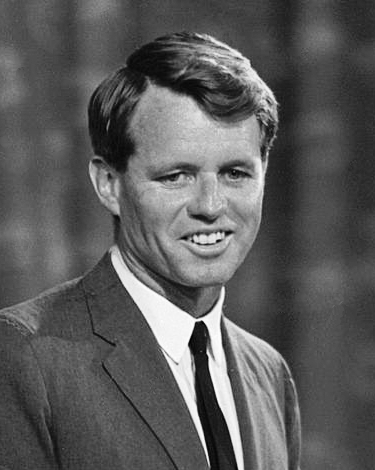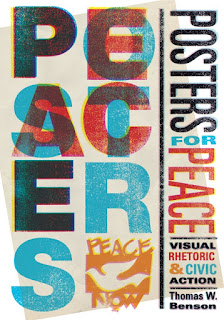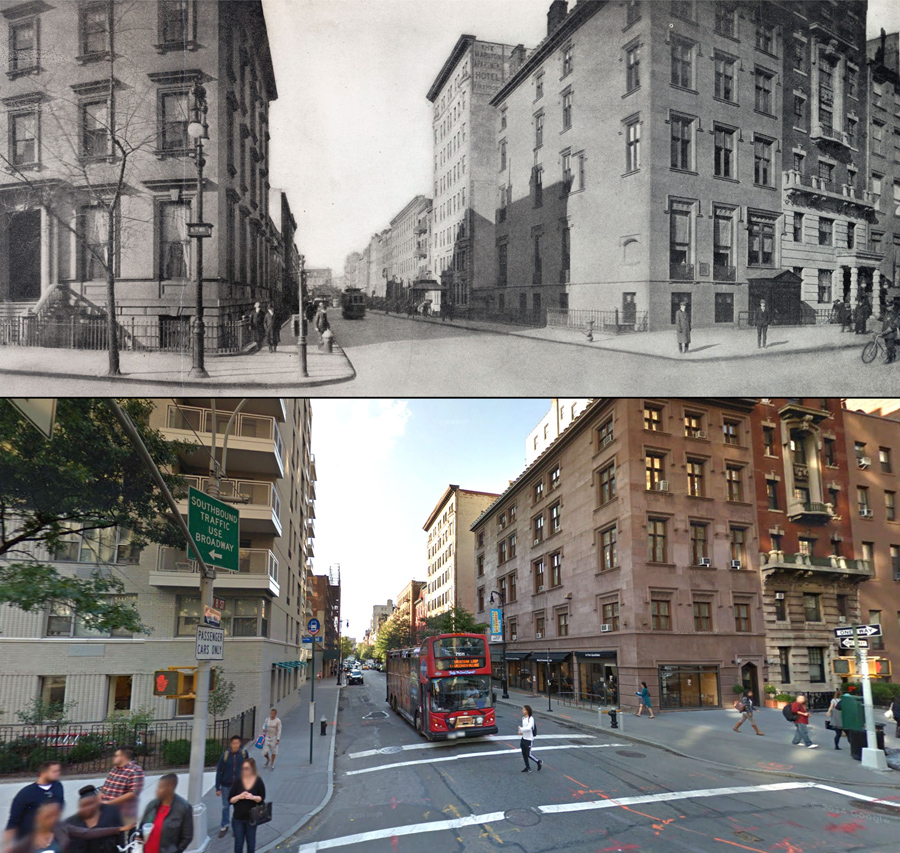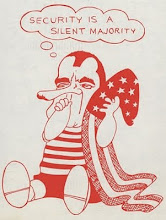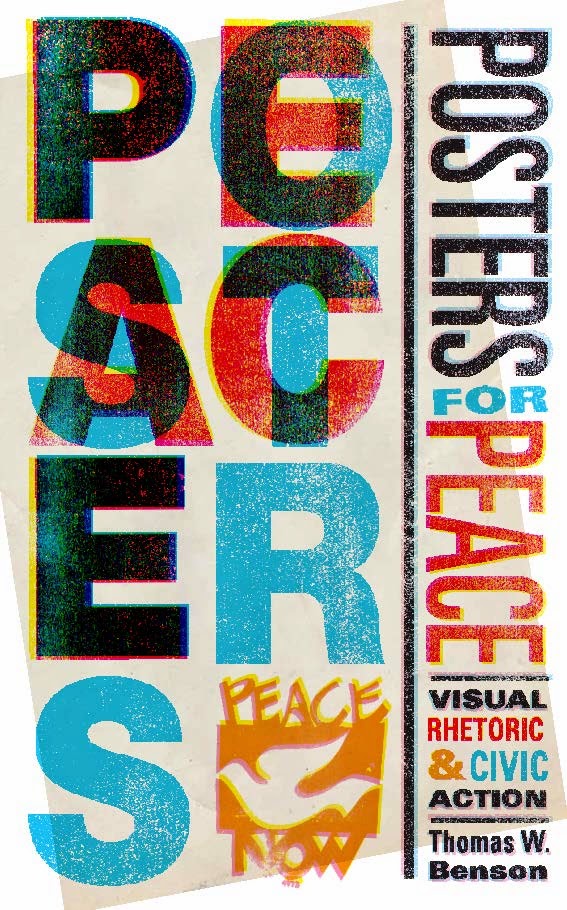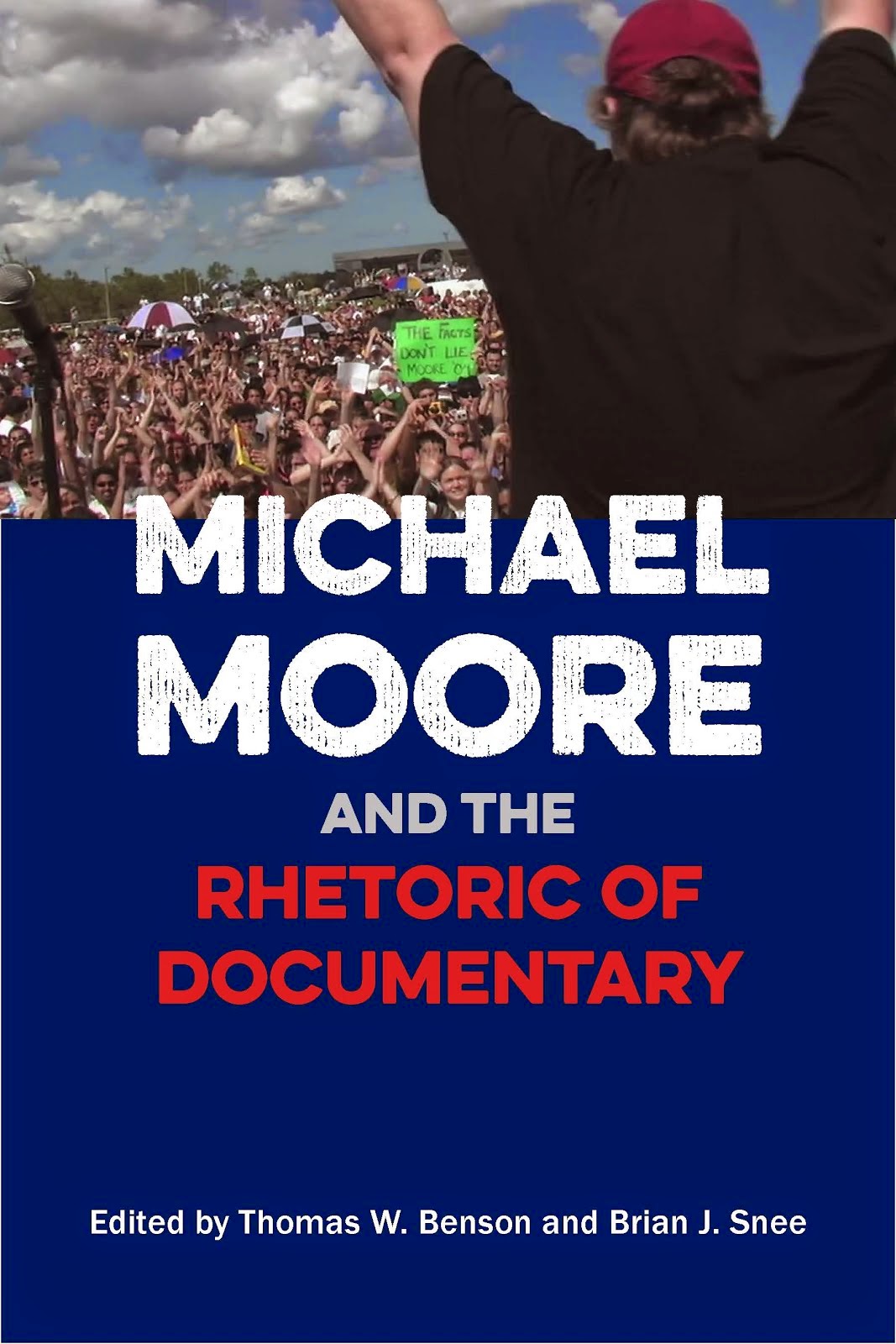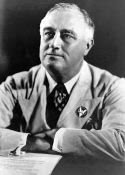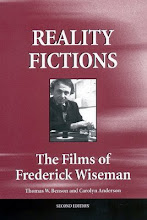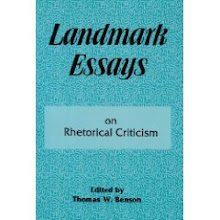
Four Penn State University Press books selected for AAUP design awards.
-->
Penn State University Press
Posters for Peace: Visual Rhetoric & Civic Action by Thomas W. Benson
Designer: Brad Norr
Production Coordinator: Jennifer Norton
Art Director: Jennifer Norton –
Posters for Peace: Visual Rhetoric & Civic Action by Thomas W. Benson
Designer: Brad Norr
Production Coordinator: Jennifer Norton
Art Director: Jennifer Norton –
Penn State University Press
Posters for Peace: Visual Rhetoric & Civic Action by Thomas W. Benson
Designer: Brad Norr
Production Coordinator: Jennifer Norton
Art Director: Jennifer Norton - See more at: http://www.aaupnet.org/events-a-conferences/book-jacket-and-journal-show/2016-show-information/2016-design-show-selected-entries#sthash.D2iATOrX.dpuf
Posters for Peace: Visual Rhetoric & Civic Action by Thomas W. Benson
Designer: Brad Norr
Production Coordinator: Jennifer Norton
Art Director: Jennifer Norton - See more at: http://www.aaupnet.org/events-a-conferences/book-jacket-and-journal-show/2016-show-information/2016-design-show-selected-entries#sthash.D2iATOrX.dpuf
Penn State University Press
Posters for Peace: Visual Rhetoric & Civic Action by Thomas W. Benson
Designer: Brad Norr
Production Coordinator: Jennifer Norton
Art Director: Jennifer Norton - See more at: http://www.aaupnet.org/events-a-conferences/book-jacket-and-journal-show/2016-show-information/2016-design-show-selected-entries#sthash.D2iATOrX.dpuf
Posters for Peace: Visual Rhetoric & Civic Action by Thomas W. Benson
Designer: Brad Norr
Production Coordinator: Jennifer Norton
Art Director: Jennifer Norton - See more at: http://www.aaupnet.org/events-a-conferences/book-jacket-and-journal-show/2016-show-information/2016-design-show-selected-entries#sthash.D2iATOrX.dpuf
Penn State University Press
Posters for Peace: Visual Rhetoric & Civic Action by Thomas W. Benson
Designer: Brad Norr
Production Coordinator: Jennifer Norton
Art Director: Jennifer Norton - See more at: http://www.aaupnet.org/events-a-conferences/book-jacket-and-journal-show/2016-show-information/2016-design-show-selected-entries#sthash.D2iATOrX.dpuf
Posters for Peace: Visual Rhetoric & Civic Action by Thomas W. Benson
Designer: Brad Norr
Production Coordinator: Jennifer Norton
Art Director: Jennifer Norton - See more at: http://www.aaupnet.org/events-a-conferences/book-jacket-and-journal-show/2016-show-information/2016-design-show-selected-entries#sthash.D2iATOrX.dpuf



